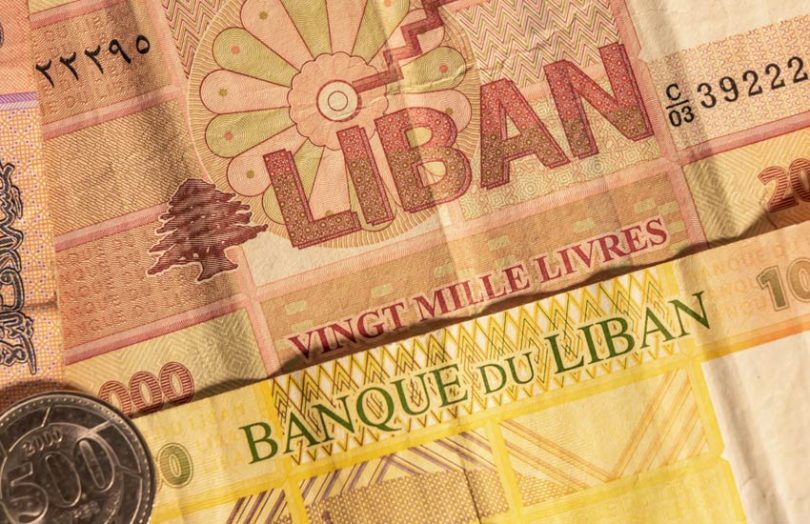Banque du Liban Governor, Riad Salameh, said yesterday that the bank would issue a central bank digital currency (CBDC) in 2021, according to the national news agency.
Salameh believes that a CBDC might encourage $10 billion of cash stored in homes to be converted to CBDC.
In March, the country defaulted on $1.2 billion of sovereign debt, and some depositors have lost faith in the banking system. The IMF outlined a four-point plan to address Lebanon’s financial crisis in August.
While the official government exchange rate is 1,507 Lebanese Lira to the dollar, the black market rate has gone from 2,000 Lira in January to 7,400 today, according to lirarate.com.
In recent years the central bank has been offering very high rates to commercial banks for deposits, which has meant losses to the central bank and retail depositors could earn high rates.
Additionally, this year the central bank has suffered some damage to its credibility. Allegedly to cover losses on loans to the government, some ‘unorthodox’ assets were on its balance sheet. Reuters and the Financial Times reported in July that EY and Deloitte qualified the 2018 audit reports. A question mark was raised over an asset of more than $6 billion. According to Reuters, “Lebanon’s central bank was recording expected seigniorage profits as an asset”.
Central banks earn seigniorage profits for printing money. In this case, it seems the central bank has accounted for future profits as an asset, contrary to accounting conventions.
Compare this to how a company might account for profits. Say a company provided consulting and had spent 100 hours this year, which it had not yet billed. It can account for unbilled revenue as both a profit and an asset because the work has been done. But it cannot account for next year’s time, because that has not yet been earned.
The central bank also created its own financial reporting framework instead of adopting International Financial Reporting Standards (IFRS).
Concerns over a lack of central bank transparency are not the ideal starting point for a CBDC issuance.






